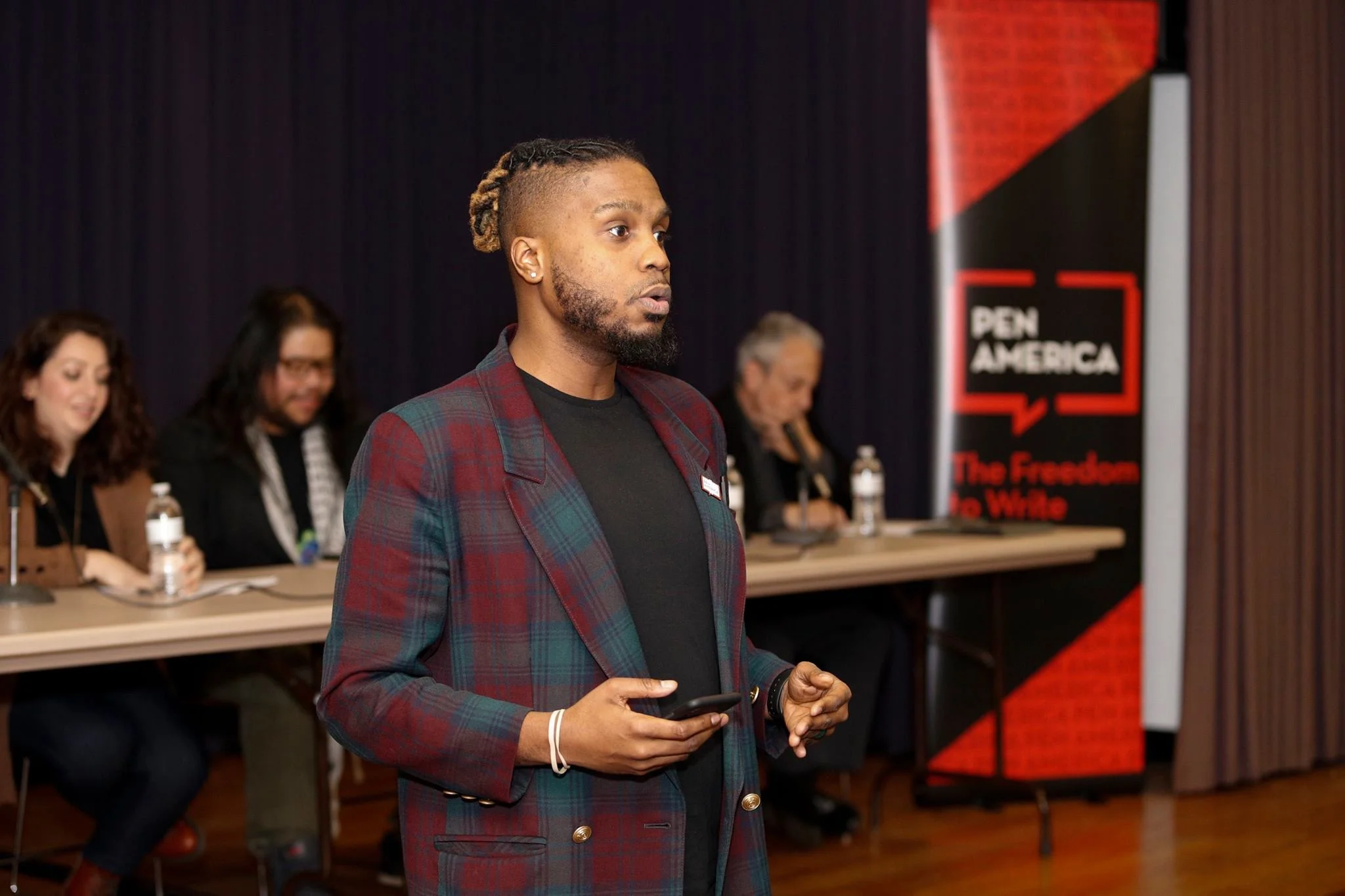Queen & Slim Analysis: Resisting Black Spectatorship
Queen & Slim Paints a Primitive (Them) and Civilized (Us) Picture of Race Relations in the United States
According to Manthia Diawara, “Whenever Blacks are represented in Hollywood, and sometimes when Hollywood omits Blacks from its films altogether, there are spectators who denounce the result and refuse to suspend their disbelief." This omission of black stories and the black experience has caused a tremendous amount of hype around Lena Waithe & Melina Matsoukas’ latest film, Queen and Slim. Aside from the pleasing visual aesthetics, lighting of dark-skin bodies, and a strong premise, the movie fails to captures the uniqueness of being black in the United States of America. A couple, on the run after killing a police officer in self-defense, travels from Ohio to Florida in an attempt to escape to Cuba. Why run if it was self defense? Most likely because the black body is guilty until proven innocent, but the film fails to explore this theme in an original or truth-telling way.
Diawara goes on to say, “One of the roles of Black independent cinema, therefore, must be to increase spectator awareness of the impossibility of an uncritical acceptance of Hollywood products,” which would be expected from a film exploring the reality that 1 out of 1000 black males will die from police-instigated violence. While watching, Queen and Slim, a black art genre movie (black screen writer and director) enmeshed with blaxploitation tropes, the lack of an authentic black experience throughout the film makes the Black American audience resist spectatorship, particularly myself.
How can we change the status quo if black auteurs are perpetuating the same systemic ideologies? Black Americans are still continually exploited through colonization. Can these structures and institutions create an acceptance of difference? Of anti-discrimination? Should films by black artists set out disrupt the powers of racial supremacy? Film and art like this should make the world better for everyone, but it promotes a colonized view of the world making it more and more difficult for Black Americans to deal with the trauma of necrophilia of the bullet-ridden black body and thriving under a pro-colonist society.
Philosopher Frantz Fanon adds, “The colonial world is a Manichaean world. The colonist is not content with physically limiting the space of the colonized, i.e., with the help of his agents of law and order. As if to illustrate the totalitarian nature of colonial exploitation, the colonist turns the colonized into a kind of quintessence of evil.”
Films like this soothes the consciousness of white solidarity. It supports a Manichaean worldview of race in which the black characters Queen, Slim, Uncle Earl, and the Bigger Long/Uncle Tom character who gives the couple up at the end represent absolute evil and the white characters (except for the first police officer involved in the shooting) embody absolute good. For example, the white couple housing the Queen and Slim have underground railroad compartments throughout the house, but the history of this symbolism is never explored, hinted, or discussed creating more tension of resisting spectatorship. Does the white viewer have to suspend any disbelief to enjoy this film? Two, dark aggressive people kill a police officer and flee. They stuff a friendly small town sheriff in a car after he tries to help the couple. They try to rob a gas station and the white attendant gives them free gas afterwards. To avoid movie spoilers, the white characters in the film are represented as the good guys- the every man. However, as a black viewer watching this film, it’s hard to sit through the expected end. From a white spectator, the only black character that represents good in the film is the one character who turns them in. For the white spectator or simply audience spectator, there’s always at least one good black person they know. For the resisting spectator, the simplistic portrayal of blacks is frustrating deeming young black boys violent with the youngest, black character in the film unjustifiably killing a black police officer.
Finally, Diawara explores black spectators from the Manichaen perspective as well. He says, “Alongside the textual deracination or isolation of Blacks, the narrative pattern of Blacks playing by hegemonic rules and losing also denies the pleasure afforded by spectatorial identification.”
We will continue to lose as a culture, society, purveyors of art, and creators of art with these continued narratives. We need to challenge the colonial situation as much as possible with art by and for the black community. While the film’s first act lives up to the hype from the trailer, the movie fails to capture an authentic relationship of a black couple on the run as outlaws instead of fugitives. The discussion of their innocence is left in a blur as the film explores stereotypical versions of black Americans from the outsider and colonist perspective. What’s the point of having black films? Black cinema must take control of their art in order to push the conversation into uncomfortable boundaries. Otherwise, blacks and other marginalized communities will never understand race and the legacy of oppression will continue to thrive.





